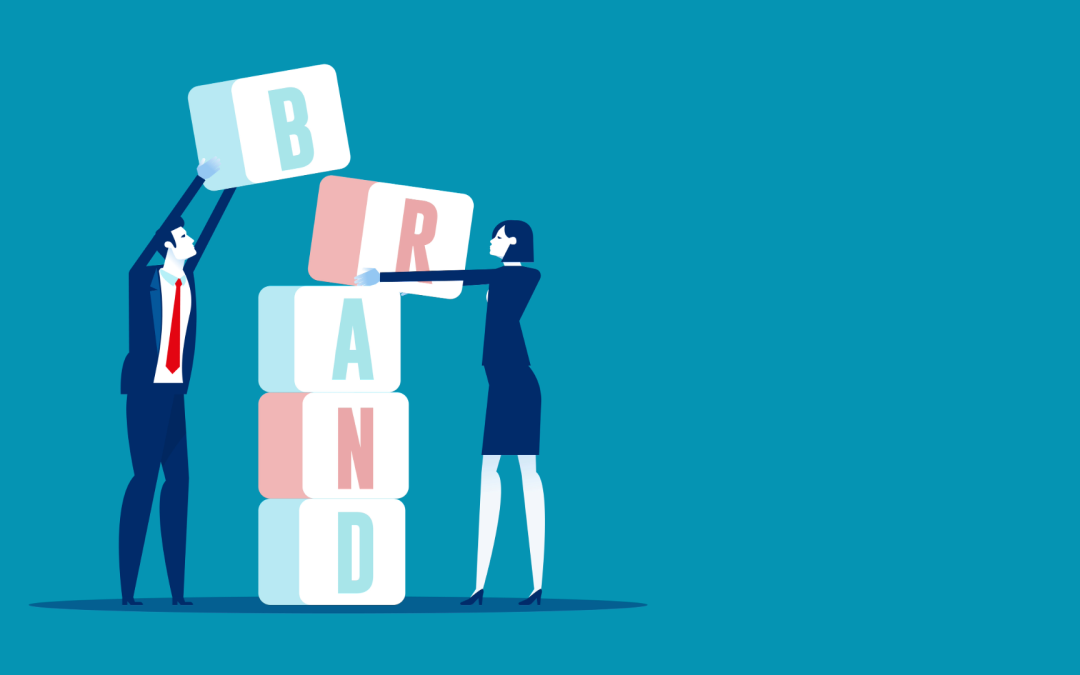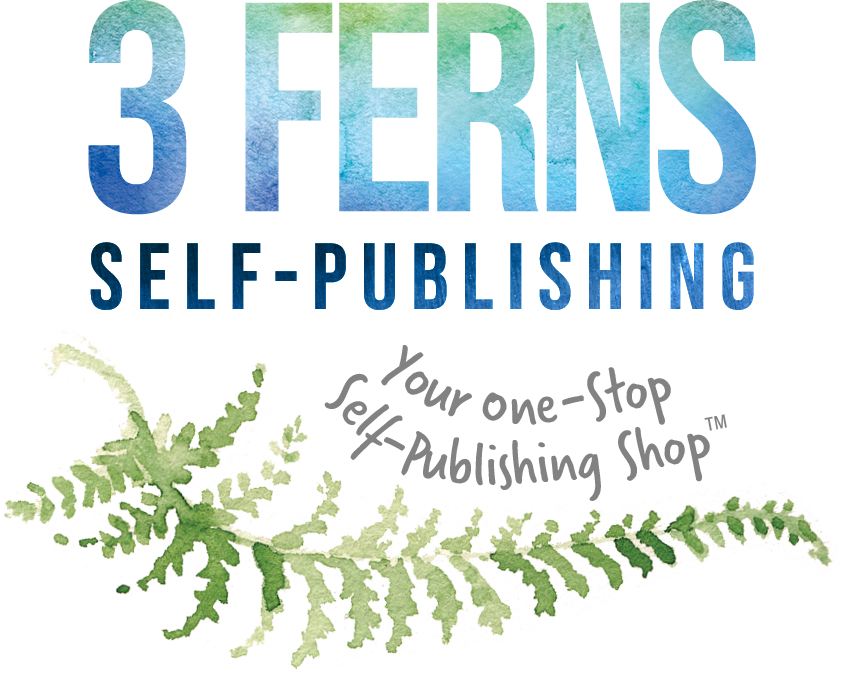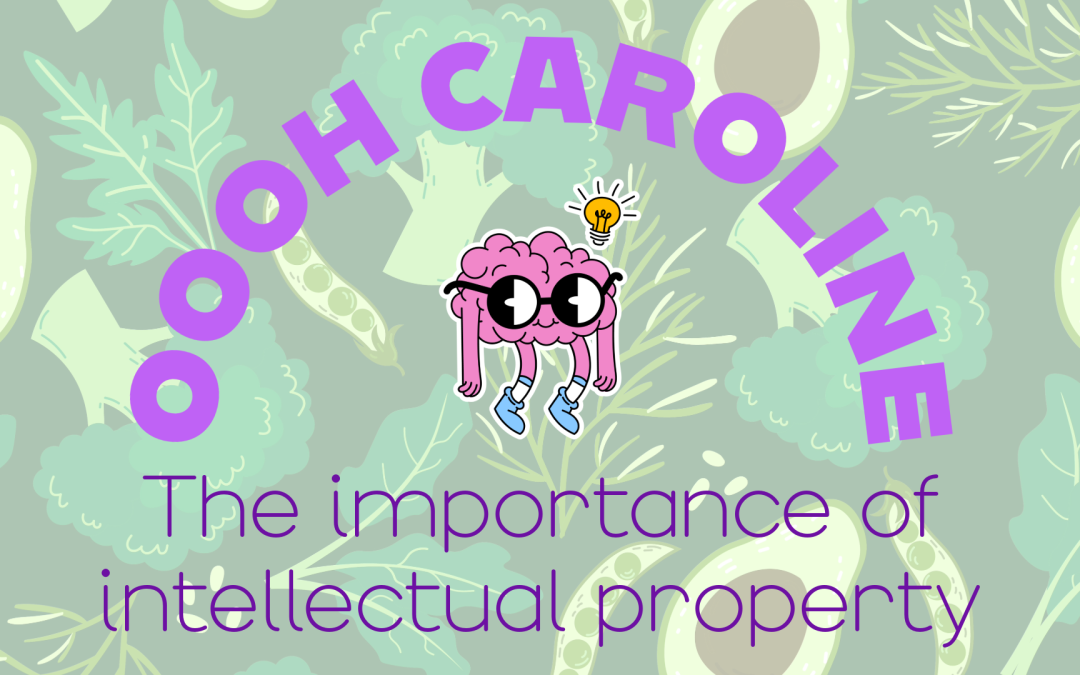
Build Your Brand: The power of self-publishing
It’s undeniable, we are deep in the digital age. It seems every day we are faced with a new option on how to build a brand. Whether you want to post on social media platforms, tell your story through blogs, or talk to a dedicated group through podcasts, there’s a place for you to start. However, one medium stands out as highly effective, and tried and true: the book.
Why books?
With the rise of short form video content, books can seem old fashioned but there is a reason that books have remained on our shelves both physically and digitally throughout the centuries. There’s nothing quite like the published word.
There has been a massive shift in the publishing landscape and it’s called print-on-demand technology. Self-publishing is an effective tool in making all kinds of books even more accessible and getting different stories and ideas out into the public. Now, anyone with a story to tell or knowledge to share can become a published author.
That said, what is it about books that makes them the top choice?
Being a published author, especially in the West, holds a lot of weight. You’re seen as someone with authority on a certain topic and are viewed with a level of respect. People can easily believe that you have expertise in your field because you have physical proof.
Books are easy, straightforward, and simple. You don’t need to have taken a course or booked a complicated class. All you need is a copy of the publication and you just start. This makes it an affordable and accessible entry point for people looking to learn about your niche topic.
More than that, a book offers the maximum opportunity for global distribution. With the rise of online marketplaces and eBook platforms, authors can reach audiences around the world with one swipe. This level of exposure is invaluable for building brand recognition and expanding your reach.
Brand-building and leveraging
Whether you’re a CEO, executive, or a professional in your own right, having a personal brand can make or break your career. With a book, you are establishing an avenue for people to know exactly who you are and what you bring to the table. This will make it that much easier for you when it comes to negotiating salary increases, seeking new opportunities, or solidifying your reputation as an industry and thought leader.
With a well-curated and specific brand, any blogger, podcaster, or small business owner can build their business brand for Impact, Money & Authority™. When you have a clear brand, you become impactful and able to reach the audiences who will resonate with your message. This clarity boosts your sales potential because your content is always valuable. Most importantly, it positions you as a leading authority in that niche. You know what you’re talking about because you wrote a book about it – you’re an authority because you’re an author!
Get your message out there
Beyond building your brand and getting your book published, it’s important for your words to have some reach.
Find opportunities, outside the pages of your publication, for people to hear more about what you have to say. Many authors, especially those in the picture book space, choose to create merchandise based on their book.
We’ve seen baseball caps, tee shirts, tote bags, hoodies, coffee mugs, posters, downloadable printables and more! Anything that comes to mind that supports a need of a certain niche can be turned into merchandise to bolster your brand!
Outsourcing production has never been easier with print-on-demand providers ready to help at the touch of a button, you can, as an author, focus on marketing your book – and the merchandise – to maximize your royalties.
By outsourcing production and fulfillment to expert providers, authors can focus on marketing their products and maximizing royalties. This extra source of income not only increases earnings but also strengthens brand identification and encourages better reader interaction.
Be inspired
Let’s take a look at two case studies to show the success that comes from properly building your brand when you self-publish:
CASE STUDY #1: Dawn Reeby
When Dawn started her career in Law Enforcement, Crime Analysis wasn’t a discipline in Law Enforcement.
Over the last few years, Dawn has built a coaching business to help Law Enforcement professionals use Data Analytics in
How Leesa and 3 ferns helped
Dawn engaged 3 ferns to help self-publish her second book, Building a Crime Analysis Legacy. This book was to help the leaders of Data Analysis in Crime Analysis to provide the organizational structures and infrastructure that would enable the Data Analysts to perform at their best.
Leesa’s approach to self-publishing helped Dawn by laying out the self-publishing process and guiding Dawn through each step, spending as much time as Dawn required.
Leesa was able to understand what Dawn was trying to accomplish with the book, and provide the necessary support and guidance. For instance, Leesa was able to communicate what Dawn’s objectives were for her book to the 3 ferns’ Book Cover Designer, and the designer came up with a book cover in the first take!
The outcome
Towards the end of the engagement, Dawn’s business gained the attention of some educational institutions and when she shared this with Leesa, Leesa was able to make some suggestions on how the book could be further edited, which would help gain the attention of these institutions. Dawn’s book was then included in some educational courses.
- Opened up a Leadership School – gave Dawn the courage to open up a 9-month program with the book.
- Teaching at conferences – and allowed Dawn to share the book.
The book provides great value to the industry.
CASE STUDY #2: Shelley Loving
After starting and growing a successful business in nutrition, Shelley decided to write a cookbook about inflammation and anti-inflammatory cooking.
While Shelley knew she wanted to write the book, she didn’t have any idea of what to do to get the book published. Shelly needed someone who would hold her hand through the book writing process. Shelley needed to know how to bring her vision for the book .
Shelley found Leesa and 3 ferns through other book authors and connections who had worked with Leesa and were happy to make the introduction.
How Leesa and 3 ferns helped
Leesa was a great support to Shelley. Shelley was clear on the vision she had for her book and Leesa quickly came to understand Shelley’s vision and supported Shelley every step of the way.
Leesa made the process of self-publishing her book seamless and her service was “invaluable”.
Leesa was always available to answer any question Shelley had and very accessible throughout the process.
In particular, when it was time to hit the “publish” button, Leesa walked through the whole process as Shelley finalized the publication.
The outcome
Writing this book enabled Shelley to open doors to new publicity and opportunities. As an example, Shelley met with a media producer who included Shelley’s business in his newsletter which has a 47% open rate. This resulted in 4 TV interviews and 8 radio interviews.
He included Shelley a few more times in his newsletter throughout the next year and each time, this gave Shelley the opportunity to do more TV and radio interviews.
Shelley gifted her book to an acquaintance whose husband experiences health challenges.
This person asked Shelley if she would do a book signing at her boutique and be the featured guest for the holiday season. This allowed Shelley to expand her customer base even more.
Start your publication now
Self-publishing a book and sharing your message has never been simpler or more effective than it is right now.
Remember that while there are countless strategies for brand-building in today’s digital age, few offer the same level of impact and authority as publishing a book. Whether you’re an aspiring author or a seasoned entrepreneur, it’s time to get unstuck and get started!



